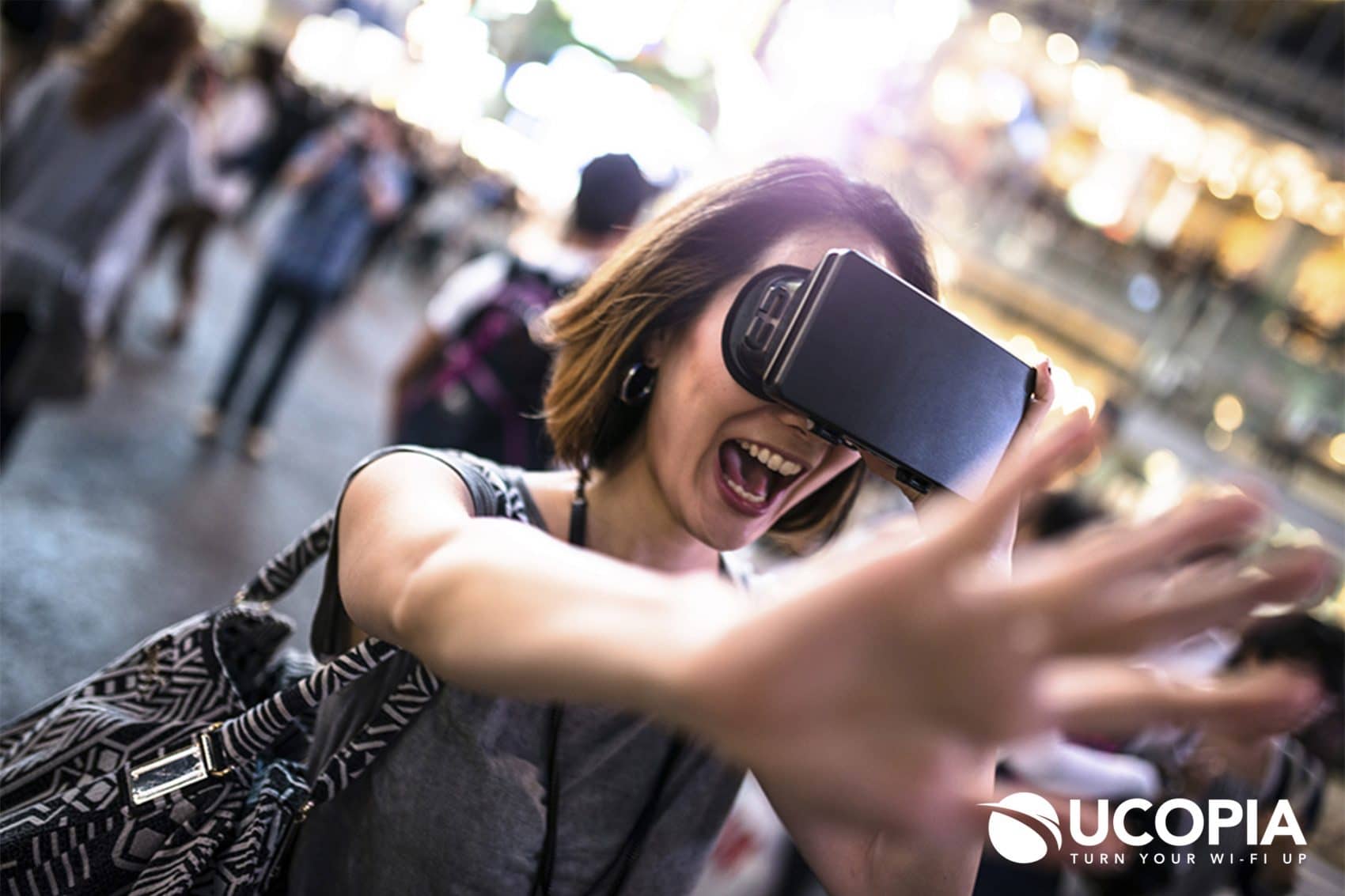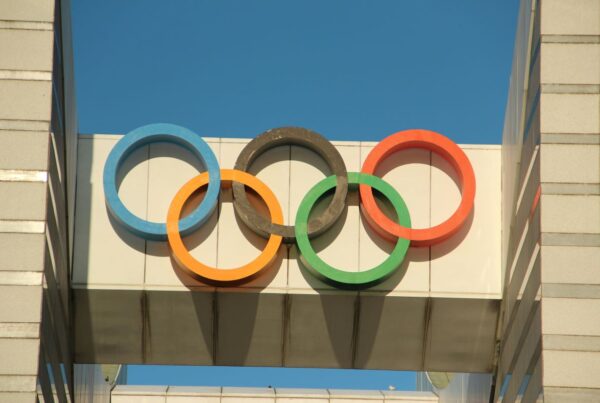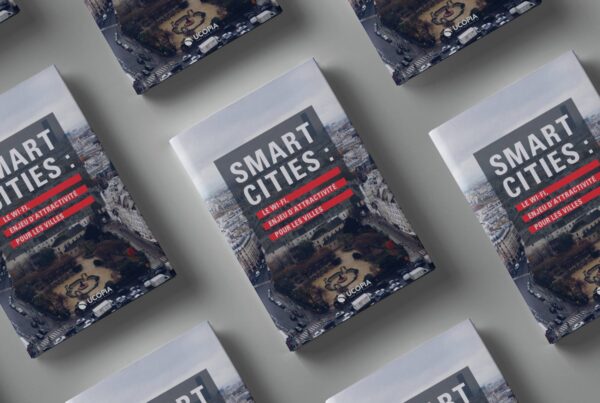Wi-Fi & augmented reality : a cornucopia for the tourism industry
We all noticed the success of Pokémon Go, but it is only a simple preview of what could be achieved in a few years time. Still under-utilised in the tourism industry, augmented reality can integrate digital information into the user’s environment (either audio, video or even tactile) in real time. AR really revolutionises the traveler’s experience. What are the innovative solutions that start now to emerge, inspiring new business opportunities for the tourism industry and why Wi-Fi technology can help?
1) Haptic Technology for museum interactivity
Museums make their exhibits appealing to attract various audiences while maintaining their role in conservation, education, and outreach.
Augmented reality technology enables digital storytelling, a new media museums use to enrich the visitors experience, engaging emotional sensations during the visit.
The Haptic Augmented Reality enables museum visitors to touch 3-D scans of museum artefacts that are too fragile to be manipulated. Recent haptic research has developed a virtual 3D haptic shape based on ultrasound that creates a pressure difference, thus enables the shape to be touched and felt as it was real, visitors could feel and interact with a much wider range of objects, to the delight of visually impaired and blind people.
2) Interactive ordering system : the future of dining
With interactive ordering system, diners place orders from their interactive table that illustrates food and drinks menu but can also enjoy a wider range of information displayed on the table surface. Ordering food, discovering the local neighbourhood, and even ordering a taxi home has never been so simple.
3) Useful AR apps for tourists
Afraid of getting lost when travelling ? Many apps now use Augmented Reality technology to provide exact location and distance from nearest points of interest (Fast foods, Restaurants, Accomodation and other tourist activities) using the Smartphone camera. GoogleTM Translate also offers a word lense function that automatically translates any foreign text on screen by training the device’s camera in front of it.
The future of both augmented reality and wireless technology are directly linked to each other.
Applications involving augmented reality need a sufficient amount of data, low latency, support for mobility (4G, 5G) but also very high precision as well. AR therefore needs Wi-Fi because Wi-Fi radio signals are one of the best ways to determine a location. A phone with Wi-Fi activated can detect every Access Point (AP) around, even if it is not directly connected to any of them. Combined with GPS, the algorithms can define a position.
The world we live in is more and more connected and Augmented Reality will reinforce this trend as the technology improves. Augmenting additional digital information in the environment will significantly change our daily lifes in the future. Hospitality businesses will take advantage of the technology to better know their guests and thus better satisfy their needs by making available everything they desire at the right place and time.
Hyper-Reality is a concept film by Keiichi Matsuda. It presents a provocative and kaleidoscopic new vision of the future, where physical and virtual realities have merged, and the city is saturated in media.
Sources:
http://www.inamo-restaurant.com/
http://www.indestry.com/#experience-engineering
http://www.bristol.ac.uk/news/2014/december/haptic-shapes-using-ultrasound.html








